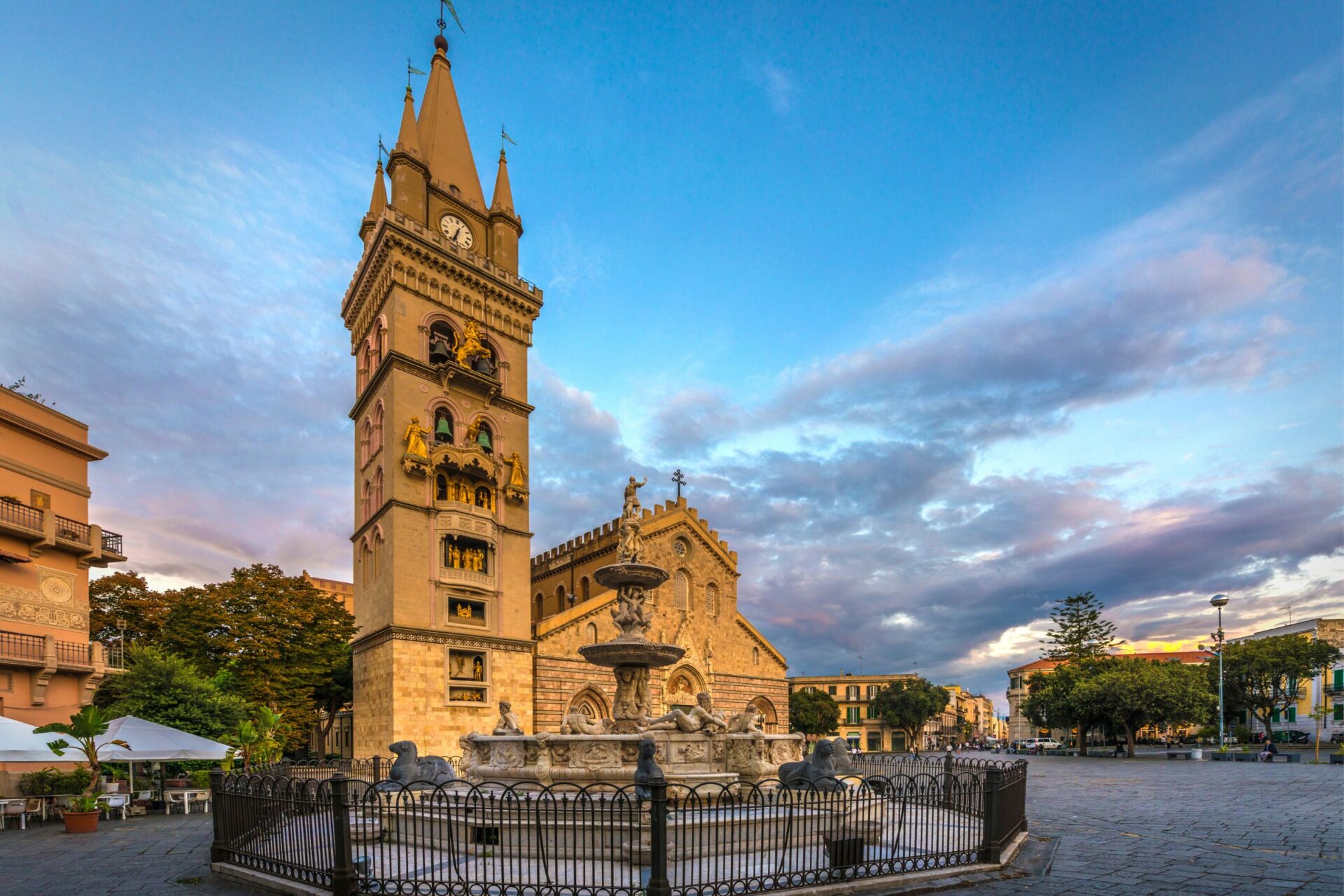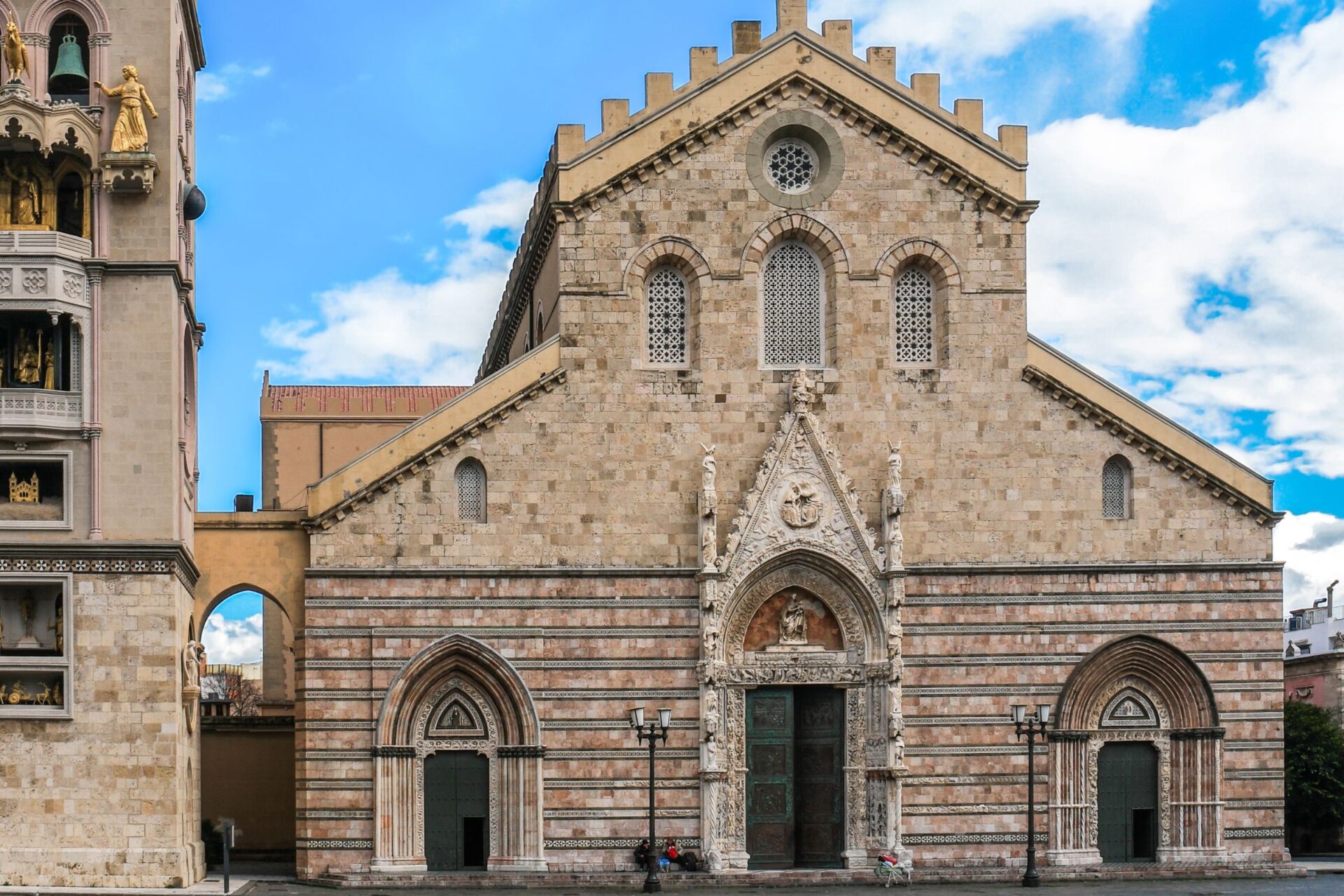Ever stood in a crowd, waiting for something truly magical to happen? That’s exactly the feeling you get when you watch one of the world’s most complex astronomical clocks come to life.
The astronomical clock in Messina, Italy, stands as the largest and most complex of its kind, putting on a wild spectacle for everyone in the heart of Piazza Duomo.

I still remember the first time I saw Prague’s famous Astronomical Clock, which has ticked away for more than 600 years. At noon, the whole crowd gasped when the clock’s figures began their little dance—it was worth every minute of standing there. These clocks don’t just mark time; they track the movement of planets, zodiac signs, and even religious holidays with a kind of mechanical magic that predates anything digital.
You don’t have to be an expert to feel the magic of these places. Whether you’re looking up at the Orloj in Prague or the massive clock in Messina, just standing in front of them connects you to centuries of human creativity and determination. Watching these clocks come alive at the top of the hour is a travel moment you can’t really capture in a photo—you’ve got to be there and feel it.
Exploring the World’s Most Complex Astronomical Clock
Astronomical clocks are some of humanity’s wildest engineering feats. They blend art, science, and timekeeping into something that feels a bit like a miracle.
These masterpieces do more than just tell time. They track celestial movements and often include automata—tiny moving figures—that have fascinated people for generations.
What Makes an Astronomical Clock Unique
Astronomical clocks go way beyond ordinary timepieces. They show you where the sun, moon, and stars are at any given moment.
A lot of them display zodiac signs, lunar phases, and even keep track of eclipses. The really complex ones have multiple dials that show solar time, sidereal time, and Julian calendar dates.
Engineers packed these clocks with hundreds of mechanical parts, each piece crafted with ridiculous precision. Medieval craftsmen made some of these clocks, and they still run today.
What blows my mind is how these clocks acted like medieval computers, crunching astronomical data long before electronics were even a thing.
Famous Examples Around the Globe
Prague’s Astronomical Clock, built in 1410, probably gets the most attention. I stood there, totally mesmerized, as the apostles paraded past the windows and the skeleton—Death—rang his bell.

In France, the Strasbourg Cathedral clock left a big impression on me. Built in 1843, it includes a perpetual calendar and indicators for planetary orbits.
You can find other stunners, like the Zytglogge in Bern, Switzerland, with its dancing figurines, or the grand Clock Tower at St. Mark’s Square in Venice.
The Cremona Astronomical Clock in Italy tracks five planets. When I visited, I lost track of time just watching its moving parts and celestial displays.
Each clock has its own artistic style, but all of them speak the same language of time and astronomy.
Masterpiece in Messina: The Clock Tower at Duomo Square
Messina’s astronomical clock, right in Sicily’s Duomo Square, puts on one of the most jaw-dropping animated shows I’ve ever seen.
They built it in 1933, so it’s not ancient, but it mixes medieval traditions with modern engineering. At noon, I joined the crowds and watched the whole thing unfold.
Golden lions roar, a rooster crows, and biblical scenes play out in front of everyone. The highlight for me? The central carousel spins to reveal new scenes as the year rolls on.
You’ll find the clock in the 60-meter bell tower next to the Cathedral of Santa Maria Assunta. What really sets this clock apart is how it ties together celestial events and religious symbolism.
If you go, try to get there by 11:30 AM for a good spot. The square has plenty of cafés—grab an espresso and settle in for the show.

A Journey Through Time: History and Restoration
Standing in front of these clocks, I can’t help but think about everything they’ve survived—wars, disasters, and all sorts of upheaval. They keep ticking, marking the hours, and have become true cultural landmarks.
Origins and Evolution Over the Centuries
Prague’s Astronomical Clock, or Orloj, started its story in 1410. That makes it the third-oldest working astronomical clock on the planet. Learning that this medieval masterpiece has been running for over 600 years honestly blew my mind. Clockmaker Mikuláš of Kadaň and mathematician Jan Šindel built the first mechanism.
Messina’s story feels different but just as fascinating. The Duomo Square there features what many call the most complex astronomical clock in the world. Unlike Prague’s medieval origins, Messina’s clock is newer, but its engineering is just as wild.
What stands out to me is how these clocks blend science and art. They don’t just keep time—they track the stars, zodiac, and religious calendars.
Stories of Survival: Earthquake, Restoration, and Renewal
Both clocks have come dangerously close to destruction. Messina’s clock survived the brutal 1908 earthquake that destroyed much of the city. Locals talk about it like it’s a symbol of their city’s resilience.

Prague’s Orloj has its own survival story. During World War II, it took some damage but remained mostly intact. The last major restoration wrapped up in 2018, and I watched as craftspeople carefully took apart and rebuilt the entire thing.
Watching the restoration process was oddly satisfying. They used traditional techniques mixed with modern methods to make sure the clock keeps ticking for years to come.
For me, these clocks have become more than just mechanisms—they’re living heritage. When the figures do their hourly routines, I feel a weird connection to all the people who came before me.
Witnessing the Clock in Action: What to Expect
Watching an astronomical clock spring to life is a unique experience—a mix of history, art, and mechanical genius. It’s not just about what you see; the sound of the bells adds another layer.
Noon Show and Moving Figurines
When I got to the clock square, I joined a bunch of visitors craning their necks, waiting for the show. Noon is the big event, and if you want a good spot, get there at least 15 minutes early.
During the show, little wooden figures pop out of small doors on the clock face. The apostles make a solemn procession—it only lasts about 30 seconds, but each figure stands for something, like a virtue or a vice.
The crowd went quiet when the figures started moving. There’s something a bit magical about seeing these centuries-old mechanisms still working.
The show tells stories about virtue, mortality, and the relentless march of time. Watch for Death, who’s a skeleton ringing a bell.
Sound of the Bells and Bell Tower Experience
The chimes are just as impressive as the visuals. The deep bells mark every hour, and when you’re close to the tower, you feel the vibrations more than you actually hear them.

I paid about €5 to climb the bell tower. The staircase winds up tightly and is pretty steep—not ideal if you have trouble with stairs.
But the climb is worth it. You get to see the clock’s inner workings up close. Watching the gears and weights in action gave me a new respect for the whole thing.
From the top, the views of the square and rooftops are fantastic. Try to time your visit so you’re up there when the clock chimes—it’s unforgettable.
Artistry and Astronomy Combined
The astronomical clocks I’ve seen manage to mix scientific precision with stunning artistry. They’re a perfect blend of medieval engineering and creative flair, telling stories about both time and the cosmos.
The Clock Face, Astronomical Dial, and Calendar
Standing in front of Prague’s astronomical clock, I couldn’t stop staring at its face. There are multiple dials, but the astronomical dial is the real showstopper. It tracks the sun, moon, and stars, while zodiac symbols swirl around in vibrant colors.

The outer ring shows old Czech time, and the inner circles follow the sun and moon’s movements. It’s wild how this 600-year-old machine can still show moon phases and the sun’s spot in the zodiac.
Below, the calendar dial marks days, months, and seasons with gorgeous medieval artwork. Each month has its own scene, showing off seasonal work or religious events.
Symbolism, Artistic Works, and Characters
Around the clock face, moving figures spring to life every hour. I watched the 12 apostles parade past the windows, while Death—the skeleton—rang his bell.
Other figures show off virtues and vices. Vanity checks herself in a mirror, Greed clutches a bag of coins. These aren’t just decorations; they tell old moral tales through medieval symbolism.
Golden filigree and bright painted details have survived for centuries. There’s even a local legend that the clockmaker was blinded after finishing the clock so he couldn’t make anything else as beautiful.
During my visit, I realized the clock is both a scientific tool and a cultural storyteller, connecting astronomy with the human experience through art.
Travel Tips for Visitors
If you want to see this astronomical clock, a little planning goes a long way. Here are some tips to help you make the most of your visit.
Getting There: Bus Tours, Cruise Ships, and Walking Routes
When I visited, I found a few easy ways to reach the clock. Bus tours drop you off nearby and usually include the clock in their city tour packages.
If you’re coming by cruise ship, the walk from the port takes about 20 minutes. I liked wandering through the streets, but shuttle buses are available if you’d rather not walk.
Walking from the city center is simple, with well-marked routes. If you’re coming from the west side, cross Charles Bridge for some extra views. Just remember—cobblestones can be rough, so wear comfy shoes!
If you want fewer crowds, try visiting between 9 and 10 AM. You’ll get a better spot for the hourly show.

Practical Information: Entry, Reviews, and Information Boards
You can watch the clock’s exterior show for free, and that’s what most people do. I caught the hourly display from 9 AM to 11 PM and couldn’t look away from the moving figures.
For the full experience, buy a ticket to climb the tower. The views are worth it—you can circle the whole clock face and see the city from above.
Information boards near the clock break down its history and workings in several languages. I found them super helpful when I wanted to understand what I was looking at.
Arrive 10-15 minutes before the hour to snag a good viewing spot. The plaza gets packed, especially between 11 AM and 4 PM. In my experience, the best times to visit are early morning or after 6 PM, when things quiet down.
Beyond the Clock: A Hub of Culture, Science, and Imagination
These clocks have outgrown their original purpose. Now, they’re cultural icons that spark imagination and connect us to both ancient wisdom and new discoveries. They sit right where art, science, and philosophy meet.
Astronomical Clocks in Popular Imagination
I’ve noticed that astronomical clocks have a grip on our collective imagination. They show up in fantasy books, movies, and even video games as magical portals or symbols of cosmic order. Walking through Prague’s Old Town Square, I overheard a tour guide say the clock inspired scenes in a few Hollywood films.
These machines make us wonder about our place in the universe. They push us to think about time, reality, and why we’re here. I’ve met travelers who say they feel oddly connected to generations past when they watch the clock’s figures move.
Messina’s clock in Piazza Duomo has become a Travelers’ Choice landmark because of this sense of wonder. People come from all over the world just to see its gears and figures dance.

Links to Modern Science: NASA, Radio Telescopes, and More
The ideas behind these ancient clocks tie right into what scientists do today. NASA scientists actually talk about astronomical clocks as early ways to model how planets move—pretty wild that these old concepts shape how they plan spacecraft routes now.
Modern radio telescopes, like the ones RFI (Radio Frequency Interference) researchers use, depend on the same mathematical relationships that powered those medieval clocks. When I toured the Green Bank Observatory, an astronomer mentioned that their black hole research uses math first hammered out by clockmakers hundreds of years ago.
These links form a fascinating timeline of human creativity. The curiosity that pushed medieval craftsmen to model the sky with gears and wheels? That same spirit keeps pushing us to explore galaxies far beyond our own.

